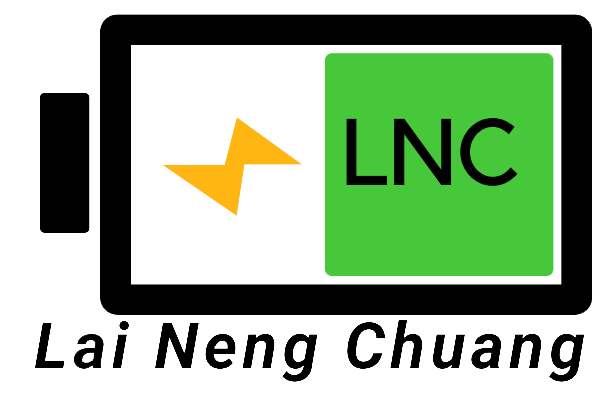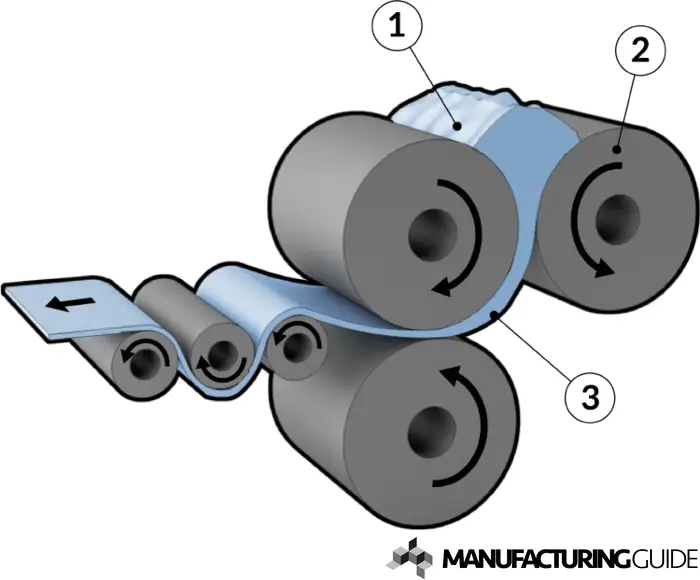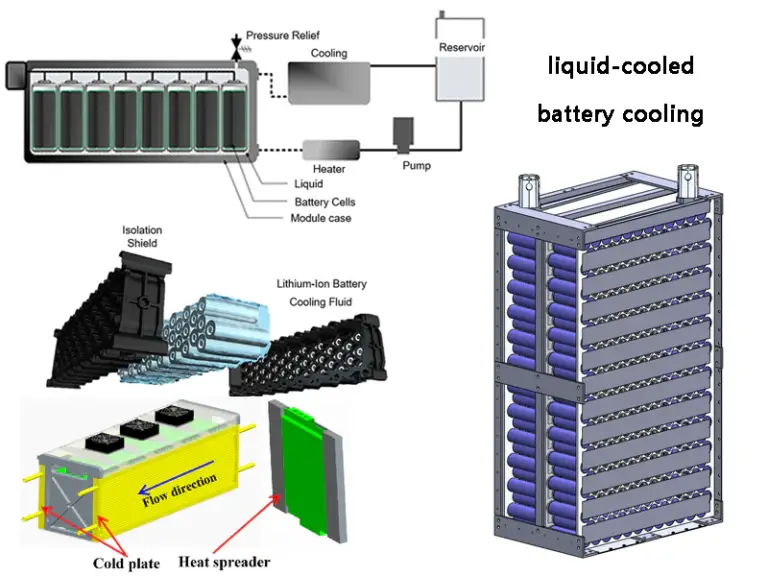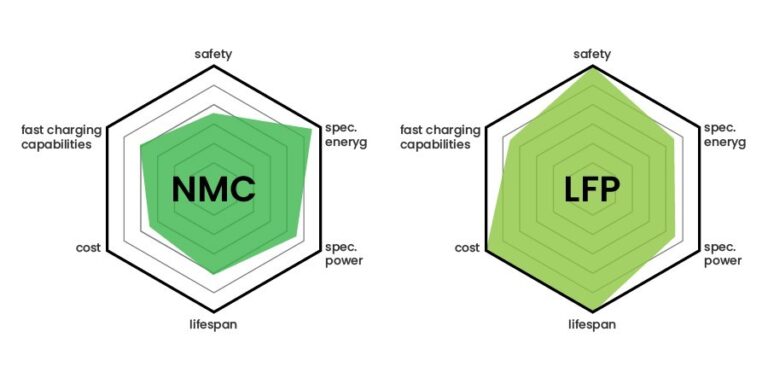Lithium-ion Battery Manufacturing Process – Calendaring Process
I. Principle and Purpose of Calendaring Process
The calendaring process involves rolling a mixture of battery positive and negative electrode materials with active substances, conductive agents, binders, etc., to form a dense structure. The main purposes of calendaring include:
- Keeping the electrode surface smooth and flat, preventing short circuit risks caused by burrs on the electrode surface piercing the separator.
- Compacting the electrode materials coated on the current collector to reduce the volume of the electrode, thereby increasing the energy density of the battery.
- Tightening the contact between active substances and conductive agent particles to improve electronic conductivity.
- Enhancing the bonding strength between the coating material and the current collector, reducing the shedding of electrode powder during battery cycling, and improving the cycle life and safety performance of lithium batteries.
II. Calendaring Process
- Material Preparation: The positive and negative electrode materials of the battery are coated with conductive agents, binders, and other mixtures on aluminum foil or copper foil according to process requirements.
- Calendaring Machine Adjustment: Place the battery’s positive and negative electrode films in the calendaring machine and adjust the pressure, tension, and speed of the rollers to meet the process dimensions and requirements of the battery.
- Calendaring Process: The calendaring machine starts operation, and the rollers press the positive and negative electrode films of the battery, causing a physical reaction between the active substances and the conductive agents, binders, and other mixtures, forming a dense structure to achieve the compacted thickness required by the process.
III. Factors Affecting the Effectiveness of Calendaring Process
- Pressure and Speed of the Rollers: The pressure and speed of the rollers are important factors affecting the effectiveness of the calendaring process. Excessive pressure can lead to excessive deformation of the positive and negative electrode materials, affecting the cycle life of the battery; too fast speed can result in insufficient compaction of the positive and negative electrode materials with the active substances and conductive agents, affecting the energy density of the battery.
- Properties of Positive and Negative Electrode Materials: Different positive and negative electrode materials have different compaction densities, requiring appropriate calendaring parameters for processing.
- Properties of the Mixture of Active Substances, Conductive Agents, and Binders: Factors such as the concentration and composition of the mixture of active substances, conductive agents, and binders will affect the calendaring thickness of the battery’s positive and negative electrode films.
- Performance of the Calendaring Machine: The performance of the calendaring machine also affects the effectiveness of the calendaring process. For example, the precision, stability, and control system of the calendaring machine will affect the quality and efficiency of the calendaring.
IV. Impact of Calendaring Process on Battery Performance
- Energy Density: During the calendaring process, the rollers compact the positive and negative electrode materials of the battery, reducing the thickness of the positive and negative electrode films, thereby increasing the energy density of the battery.
- Cycle Life: The calendaring process improves the adhesion of the powder materials of the positive and negative electrode films, enhancing the structure and stability of the battery’s positive and negative electrode materials, reducing the internal resistance and capacity decay of the battery, thereby improving the cycle life of the battery.
- Safety: The calendaring process can increase the contact area between the battery’s positive and negative electrode materials and the active substances and conductive agents, improving the battery’s reaction rate and charge transfer efficiency, thereby enhancing the safety of the battery.
- Internal Resistance: The calendaring process can improve the conductive network of the electrode, reducing the internal resistance of the battery and enhancing the charging and discharging performance of the battery.
However, the calendaring process also has some adverse effects. For example, calendaring significantly reduces the porosity of the electrode film, leading to reduced electrolyte impregnation efficiency, increased Li+ transmission resistance, and increased electrode polarization. In addition, the tensile fracture strength and Young’s modulus of the calendared electrode film increase, the ductility weakens, and the brittleness increases, which can lead to stress concentration and greater internal pressure during subsequent slitting and winding processes, resulting in performance degradation of the electrode film.
V. Common Problems and Solutions in Calendaring Process
- Uneven electrode film thickness: This is mainly due to the non-parallelism between the roller axis and the axes of the other rollers. This issue can be resolved by adjusting the parallelism of the roller axes.
- Pockmarks on the electrode film surface: This is mainly caused by fatigue pitting on the roller surface. It is related to the roller material, uneven heat treatment microstructure, poor fatigue strength of the roller surface, and roller surface roughness. This issue can be resolved by improving the roller material and heat treatment process, enhancing the fatigue strength of the roller surface, and optimizing the roller surface roughness.
- Thickness rebound of the electrode film: This is mainly due to the large residual elastic deformation of the electrode film after rolling and high environmental humidity. This can be mitigated by optimizing the calendaring parameters, controlling environmental humidity, and adopting hot calendaring processes to reduce the elastic deformation of the electrode film, thereby reducing thickness rebound.
- Uneven plate shape of the electrode film: This is mainly due to uneven rolling deformation of the electrode film, low and uneven front and back tension, or errors in the thickness of the electrode film coating. This issue can be resolved by optimizing the calendaring process parameters, adjusting the front and back tension, and improving the consistency of the electrode film coating thickness.
VI. Development Trends of Calendaring Process
With the continuous development of lithium battery technology, the calendaring process is also constantly innovating and improving. Future development trends include:
- Large-scale and integrated equipment: To improve production efficiency, calendaring machines are developing towards large-scale and integrated directions. The current maximum roller length has reached 1600mm, and it may continue to increase in the future.
- Increased intelligence: Due to their large production capacity, power and energy storage battery companies require a high level of intelligence for calendaring equipment. For example, calendaring equipment with a high level of automation and detection capabilities will become more popular.
- Application of hot calendaring process: To improve the continuity of the production line and reduce line breaks, leading lithium battery manufacturers prefer to use hot calendaring processes. Hot calendaring can reduce internal stress, rebound chances, and deformation resistance of the electrode film, improving the quality of the electrode film.
- Optimization of calendaring parameters: The optimization of calendaring parameters is key to improving battery performance. In the future, calendaring parameters will be continuously optimized through experiments and simulations to achieve better battery performance.
The calendaring process of lithium batteries is an important link in the production process of lithium-ion batteries. By reasonably controlling the calendaring parameters and process conditions, lithium-ion batteries with excellent performance can be obtained. At the same time, with the continuous development of technology, the calendaring process will also continue to innovate and improve to meet the needs of higher-performance batteries.







